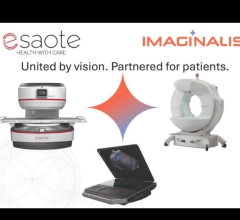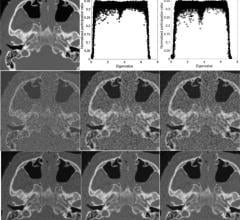
January 16, 2015 — MR Solutions has introduced its second-generation magnetic resonance imaging (MRI) magnet technology to its range of 3T and 7T cryogen-free, preclinical scanners. Features of this new technology include variable field operation, higher intrinsic magnetic field homogeneity, larger fields of view (FOV), an elliptical shape to better fit the subject and automatic field ramping. Installations of the second-generation technology include the National Institute for Health, Bethesda, Washington, D.C.; the University of Manchester, United Kingdom; Korea Advanced Institute of Science and Technology; and the International Iberian Nanotechnology Laboratory, Portugal.
Murali Krishna Cherukuri, M.D., head of the biophysics section at the National Cancer Institute and chief of biophysics at the National Institute of Health said: “We are very pleased with this new 3T bench top system (MRS3T17) from MR Solutions. The variable field capability allows us to carry out hyperpolarized 13C MRI research at fields which are optimal for individual tracers. This was the choice for us.”
MR Solutions has also launched its PreClinical Scan software for simplicity of use, smoothness of workflow and seamless integration of MR Solutions’ positron emission tomography (PET) and single photon emission computed tomography (SPECT) technology.
The company provides PET-MRI or SPECT-MRI imaging either for independent acquisition, sequential acquisition or simultaneous acquisition. Optical and CT imaging capabilities are also possible. Multi-modality imaging will become the norm for the study of anatomy, bio-distribution, efficacy, safety and kinetics within the same anatomical context.
For more information: www.mrsolutions.com


 December 10, 2025
December 10, 2025 









